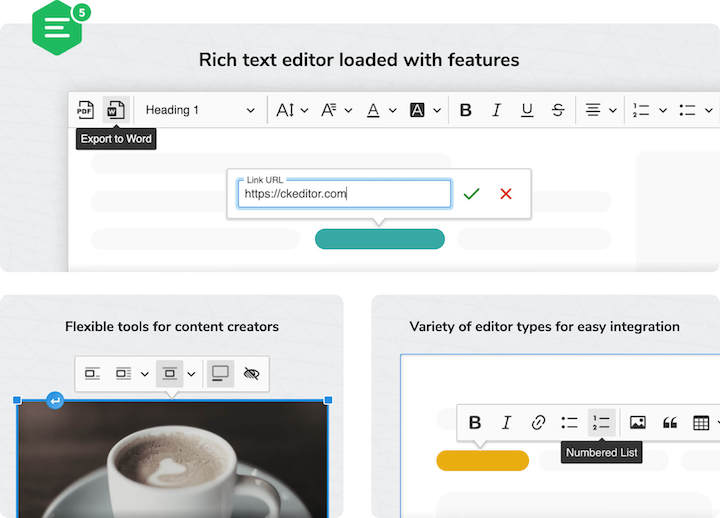Drupal 10 is here! If you are familiar with Drupal, you know it’s a solid and secure content management system with near-boundless capabilities to showcase your brand and streamline your business.
Let’s walk through some of the features you can expect to find on Drupal 10, how it differs from previous versions of the platform, and what you need to know before making the switch.
What can you expect from Drupal 10? Let's dive in.
New, modern themes as a jumping-off point
In the past, one of the main complaints about the Drupal platform was that it was “stuck in the early 2000s”—not anymore. One of the first things to note about Drupal 10 is its better-looking front and back end.
This is partially due to the new Olivero theme that gives a more modern look to the platform. It features listings in responsive grids as well as built-in support for multi-level menus. You’ll find another new theme—Claro—which is clean and accessible for site admin management. A great thing about these new themes is that they improve the overall user experience of Drupal, rounding out the platform for a more modern, clean start to building your custom website.
Additionally, the theme-building process has changed to using starterkit instead of theme inheritance which allows Drupal flexibility to upgrade the theme without worrying about breaking backward compatibility. This will enable Drupal to keep the theme more current between major releases. Theme inheritance is still available for anyone using a custom parent theme.

New content editor
At the end of 2023, the CKEditor 4 will reach its end of life. Drupal 10 features a built-in CKEditor 5, allowing for a more modern editing experience plus controls and support for arbitrary input and output formats.
You can also explore some of the optional premium features, such as live collaborative editing if you wish. In order to move editor settings over, an upgrade path is provided and developer tools are available to help port custom integrations.

More notable features
There are some additional features that are worth mentioning with the advent of Drupal 10. Some of the more notable ones include:
- A promising experimental feature of Drupal 10 is Workspaces. It will allow for staging and publishing multiple content changes at once and previewing how they will look in their entirety.
- Internet Explorer support is removed—now Drupal themes will be able to use modern browser features without worrying about incompatibility.
- Views will now be supported in a responsive grid display format.
- There’s a new command line tool that you can utilize to help prevent breaking a sub-theme when changing the base theme.
- Some non-essential features have been removed such as Aggregator, RDF, HAL, Quick Edit, and Color modules to allow for a greater focus on Drupal’s core strengths.
Should I move from Drupal 9 to Drupal 10 right now?
Before you rush to move to Drupal 10, there are some things to keep in mind. Drupal relies heavily on its modular framework, however, in the early stages of a new Drupal update (like Drupal 10) it may take some time for all the modules to be added to the new version of the platform.
This means that you may not be able to utilize some of these highly recommended Drupal modules in a Drupal 10 site right away. It shouldn’t take long for the new version of the platform to catch up with every necessary module, but until then, we recommend our clients and current Drupal site users to take a tentative approach to move to Drupal 10 until these modules are supported on the newest version. We’ll be sure to keep you posted!
The good news is that Drupal 10 will include all of the features that were added to Drupal 9, with notable additional improvements. You won’t need to worry about losing things like WebP support for image styles, a Content Editor user role, “Manage permissions” tabs for entity bundles, and more. And you can rest assured knowing that the Drupal community still provides support, resources, and thousands of compatible extensions for this new version of the platform.
Drupal 9 will reach end of life on November 1, 2023. This includes the two key components Symfony 4 and CKEditor 4. Drupal 10 upgrades are supported by Drupal 9.4 and 9.5. However, for continued bugfix support, you’ll want to update to at least Drupal 9.5.
Closing remarks
If you’re still unsure about the upgrade, feel free to do your own research. Check out the release notes for more information about platform requirements, and the Drupal blog is another great informational resource.
And, as always, our expert development team is here to help you with any questions you may have—reach out to us at any time.
